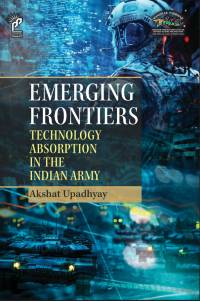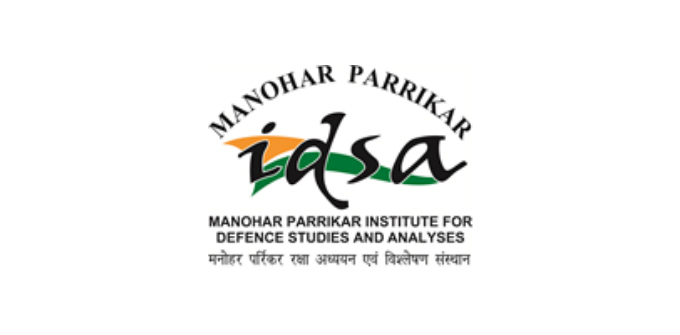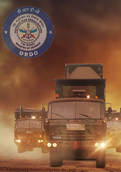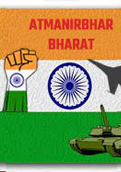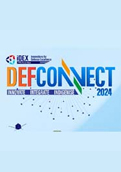Emerging Frontiers: Technology Absorption in the Indian Army
- Publisher: Pentagon Press
In the 21st century, power on the battlefield is no longer defined by size or legacy, but by speed of adaptation. The world’s most advanced militaries are no longer just acquiring weapons; they are absorbing innovation at the pace of disruption. Emerging Frontiers confronts one of the most urgent challenges facing armed forces today: how to integrate technologies never built for war but rapidly redefining it. AI, drones, quantum computing and cyber systems now emerge from private labs and startups, not defence PSUs or primes. The race is no longer just for firepower - it is for technological fluency.
The book delivers:
- A clear foundation in emerging and disruptive technologies.
- Comparative insights from innovation ecosystems in the US, Israel, Ukraine and India.
- Profound lessons from contemporary conflicts - Russia- Ukraine, Armenia-Azerbaijan and Israel-Hamas.
- A blueprint for reforming India’s defence innovation culture.
But more than that, it delivers a powerful argument: India’s armed forces must not just adopt technology - they must lead it. Absorption is not a matter of buying more. It is about building the capacity to experiment, adapt, co-create and lead in an environment where yesterday’s solutions are obsolete tomorrow. The book is essential for those who believe that the future of national security will belong to nations that learn faster, adapt smarter and move first. It calls for organisational ambidexterity, cultural agility and a shift in mindset, where military personnel are not only end-users but also innovators, collaborators and strategic technologists.
- ISBN: 978-81-984458-8-9,
- Price: ₹ 995/-
- E-copy available


